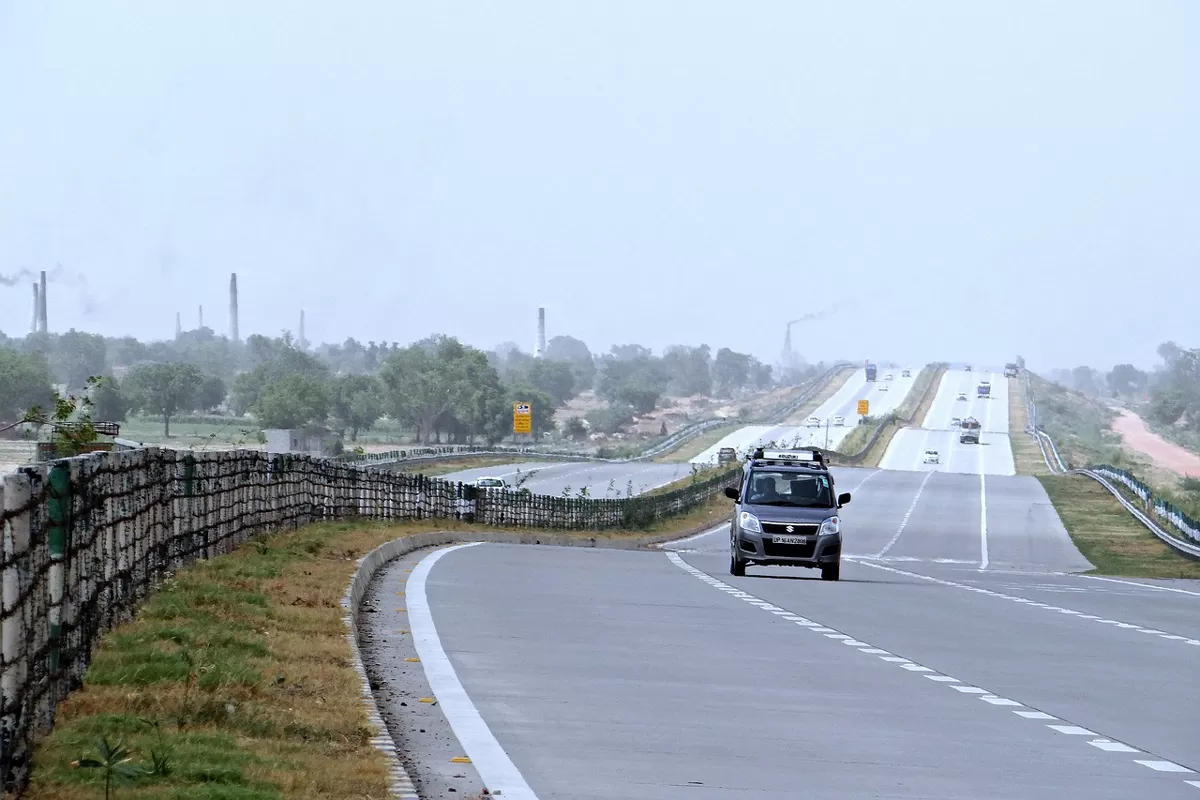The Centre has once again proposed changes to the Hyderabad Regional Ring Road (RRR) project. Initially, tenders were floated for constructing a four-lane expressway in the northern section. However, the Centre has now proposed to upgrade it into a six-lane express highway.
The Union Ministry of Road Transport and Highways has given in-principle approval for constructing the northern segment of the RRR as a six-lane expressway. Following this development, the National Highways Authority of India (NHAI) has initiated traffic studies and begun revising the Detailed Project Report (DPR), which was originally prepared for a four-lane configuration, to align with the new six-lane plan.
Since tenders had already been invited earlier, the authorities have decided not to issue fresh tenders. Instead, agencies that submitted bids will be asked to revise and resubmit their proposals in accordance with the updated DPR for a six-lane road.
The state government had requested the Centre to consider constructing the RRR as a six-lane road instead of the initially planned four lanes, citing concerns over future traffic congestion. In response, the Centre granted in-principle approval for the six-lane configuration. Consequently, NHAI began updating the DPR and initiated a new traffic study along the route.
Tenders for the construction of the northern segment of the RRR, stretching from Sangareddy to Choutuppal, were originally issued by NHAI on December 28, 2024. The segment, estimated to cost Rs 55.54 billion, spans 161.5 km and was initially designed as a four-lane, access-controlled, greenfield expressway under the Engineering, Procurement, and Construction (EPC) model.
According to the original tender notice, the project completion deadline was set at two years, with a five-year maintenance period. The last date for submission of financial and technical bids was February 14, 2025, with tenders scheduled to be opened on February 17. However, the tenders have not yet been opened due to the proposed upgrade to a six-lane highway.
Although the RRR was initially conceptualized as an eight-lane expressway, the Centre had earlier opted for a four-lane version based on traffic studies at the time, with plans for phased expansion to eight lanes. The state government was also directed to acquire land for an eight-lane corridor. The initial strategy was to begin with a four-lane road and upgrade it later in response to traffic growth. This approach has now been revised, with the Centre deciding to construct a six-lane highway from the outset and eventually expand it to eight lanes, considering projections that traffic would exceed four-lane capacity by the time of completion.
Land acquisition for the northern segment of the RRR is reported to be nearly complete. The cost of acquisition is being shared equally between the state and Central governments on a 50:50 basis.
Separately, the state government has initiated preparation of the DPR for the southern segment of the RRR and has appointed an agency for the task. While the Centre is fully funding the construction of the northern segment, it remains unclear whether the southern portion will be funded by the Centre or handled solely by the state government.
News source: Deccan Chronicle


